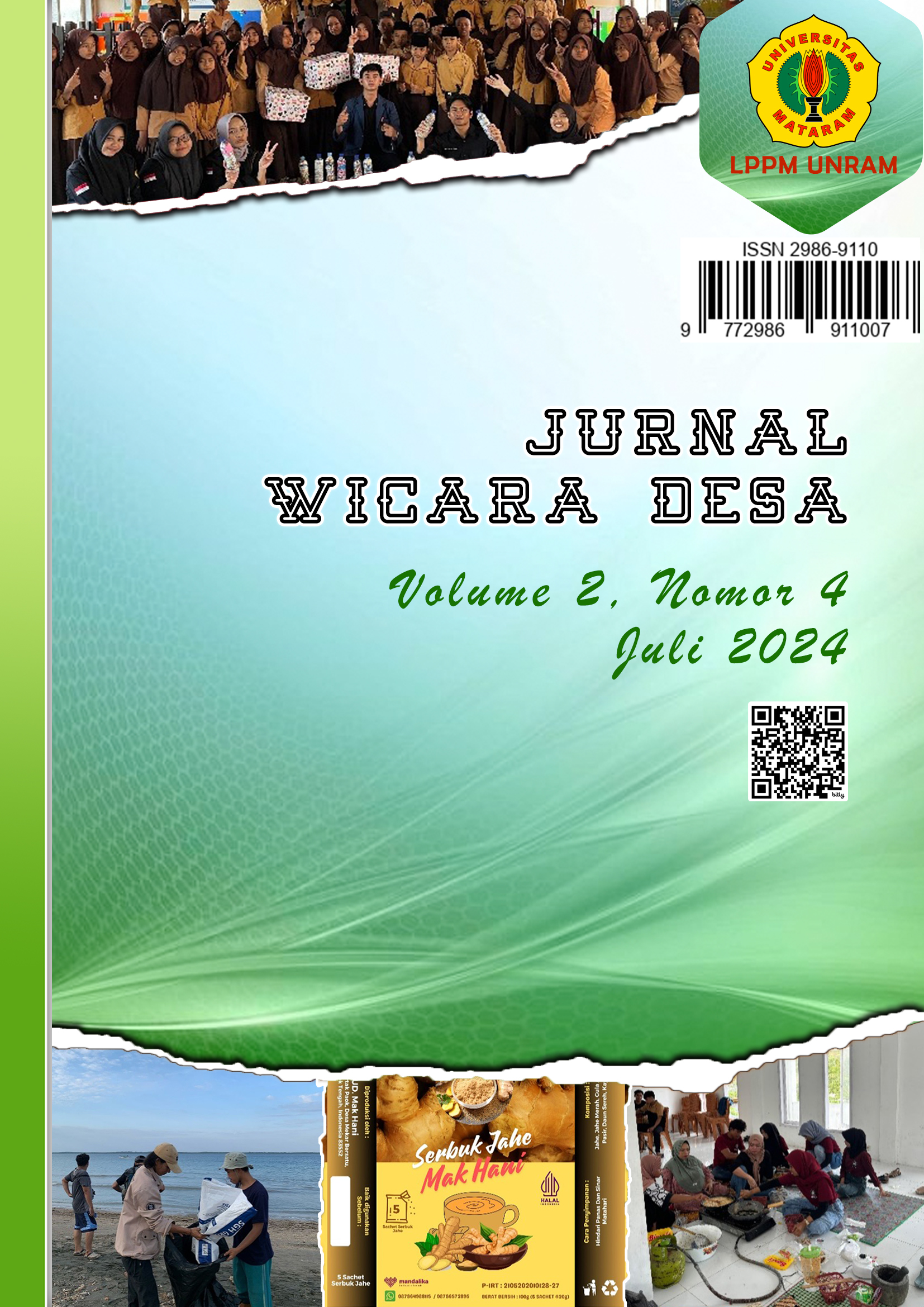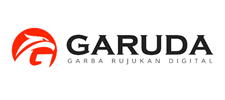UTILIZATION OF PINEAPPLE LEAF WASTE INTO TEXTILE FIBER TO IMPROVE THE CREATIVE ECONOMY OF THE JURIT VILLAGE COMMUNITY
DOI:
https://doi.org/10.29303/wicara.v2i4.5611Keywords:
UNRAM KKN, Jurit Village, Pineapple Leaves, Textile FiberAbstract
Our KKN group has a main work program, namely processing pineapple leaves into textile fibers. The reason why we are carrying out this work program is because of the abundance of natural resources of pineapples in Jurit Village. The pineapple plantation in Jurit Village has an area of 170,895 hectares. In implementing this work program, we collaborated with Mrs. Siti Aisyah as the owner of Pinalo, which is a company that operates in the field of processing pineapple leaves into textile fiber. From the collaboration we carried out, we received various new knowledge starting from the supply of 80 kg of pineapple leaves which can produce 1 kg of textile fiber, then the characteristics of pineapple leaves to how to process pineapple leaves into textile fibers manually. Characteristically, pineapple leaves have a length ranging from 55 to 75 cm with a width of 3.1 cm to 5.3 cm and a leaf thickness of between 0.18 and 0.27 cm. The way to process pineapple leaves into textile fiber is by first dredging, then taking the fiber, then soaking until the fiber is completely clean and then drying. After all the series of stages are completed, the supply of textile fibers can be processed into used goods such as making clothes, pillowcases and bolsters, as well as interior walls of houses, especially hotels. In implementing this work program, we also carried out direct outreach and practical activities to the people of Jurit Village who were immediately warmly welcomed with great enthusiasm. Seeing this, of course we hope that this work program will be able to improve the creative economy of the Jurit Village community.References
Griya Pelatihan Apac. 2007. Materi Pendidikan dan Pelatihan Tekstil dan Produk Tekstil, Semarang : GRIPAC.
Hidayat, P. 2008. Teknologi Pemanfaatan Serat Daun Nanas Sebagai Bahan Baku Tesktil. Yogyakarta: Universitas Islam Indonesia.
Idris, Y. 1985. Pemanfaatan Serat- Serat Daun Nanas Sebagai Bahan Baku Tekstil. Bandung: Thesis-ITT.
Soeprijono P, et al. 1974. Serat-Serat Tekstil. Bandung: ITT.
Syamwi,l R. 2002. Pengetahuan Tekstil I. Paparan Kuliah: TJP- UNNES
Downloads
Published
2024-08-30
How to Cite
Maryam, S., Febiani, R., Fiqri, H. A. H., Dewi, N. N. C., Albani, M. N., Alawiyah, T., … Siahaan, J. (2024). UTILIZATION OF PINEAPPLE LEAF WASTE INTO TEXTILE FIBER TO IMPROVE THE CREATIVE ECONOMY OF THE JURIT VILLAGE COMMUNITY . Jurnal Wicara Desa, 2(4), 233–239. https://doi.org/10.29303/wicara.v2i4.5611
Issue
Section
Articles






